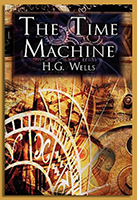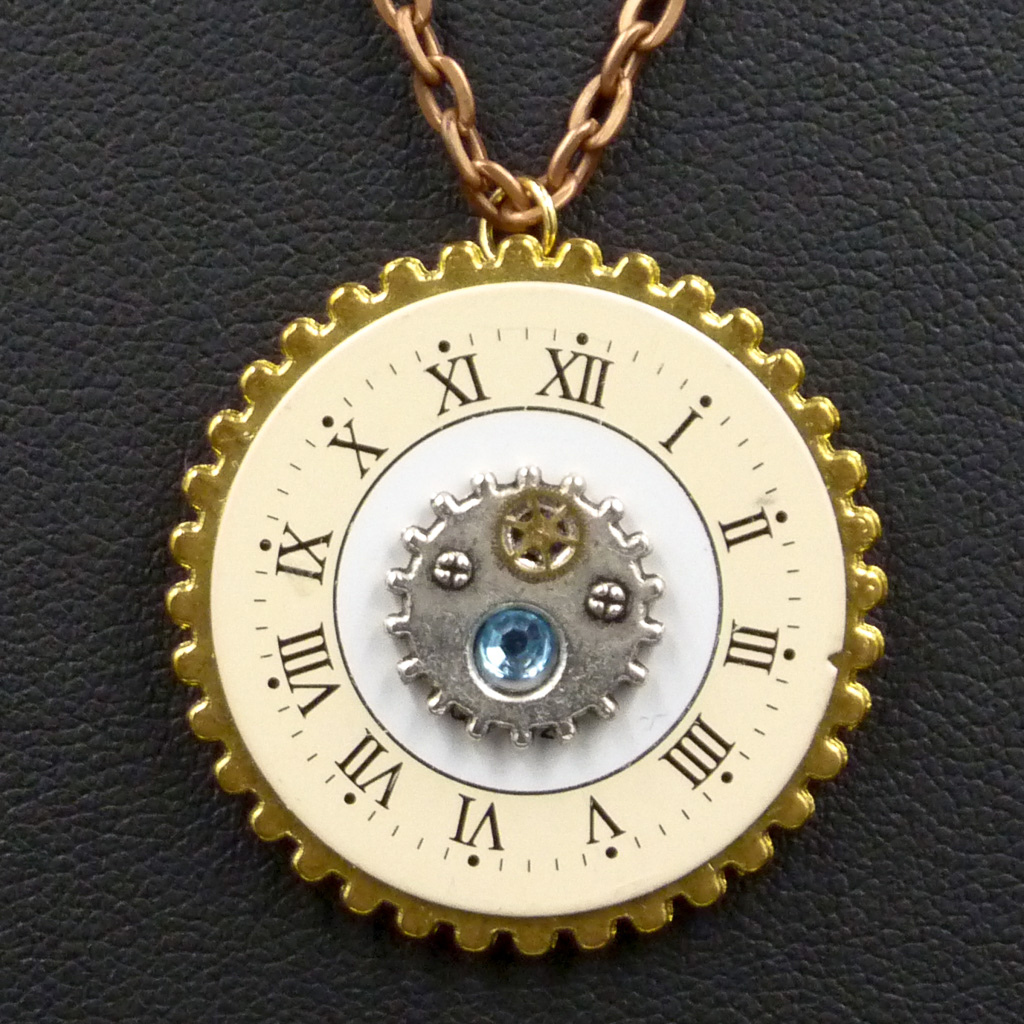
Steampunk is a subgenre of science fiction or science fantasy. When looking for a definition of Steampunk, it is described as:
“A genre of science fiction that has a historical setting and typically features steam-powered machinery rather than advanced technology.”
“A style of design and fashion that combines historical elements with anachronistic technological features inspired by science fiction.”
The term “Steampunk” originates from the late 80s, although there were many works of Steampunk fiction created much earlier than the 1980s. It was coined in 1987 by science fiction author K.W. Jeter, who was trying to find a general term for works by Tim Powers (The Anubis Gates, 1983), James Blaylock (Homunculus, 1986), and himself (Morlock Night, 1979 & Infernal Devices, 1987)—all of which took place in a 19th-century (mostly Victorian) setting and imitated conventions of such actual Victorian speculative fiction as H.G. Wells’ The Time Machine.
The Steampunk genre incorporates technology and aesthetic designs, inspired by 19th-century industrial steam-powered machinery. Technology like the fictional machines as found in the works of H.G. Wells, Jules Verne and modern authors as Philip Pullman, Stephen Hunt and China Miéville, and other alternative history-style technology examples, e.g. steam cannons, lighter-than-air-airships, analogue computers, and machines working on clockworks, wind and waterpower, are characteristic features of Steampunk. It is often recognized by anachronistic technologies or retro-futuristic inventions as people during the 19th century might have envisioned them, and is likewise rooted in the era’s perspective on fashion, culture, architectural style and art.
Steampunk works are often set in an alternative history of the 19th century’s British Victorian era or the American Wild West, in a future during which steam power has maintained mainstream usage or in a fantasy world that similarly employs steam power, although its literary origins are sometimes associated with the cyberpunk genre. It may also incorporate additional elements from the genres of Fantasy, horror, historical fiction, alternate history or other branches of speculative fiction, thus making it kind of a hybrid genre. Besides, Steampunk also refers to any of the artistic styles, clothing fashions or subcultures that have developed from the aesthetics of Steampunk fiction, Victorian-era fiction, art nouveau design, and films from the mid-20th century. Aspects of Steampunk design emphasize a balance between form and function, although Steampunk fashion has no set guidelines but tends to synthesize modern styles with influences from the Victorian era. Steampunk outfits often have accents with several technological and “period” accessories, such as timepieces, flying/driving goggles, ray guns, et cetera. One of the most significant contributions in Steampunk is the way it mixes digital media with traditional handmade art forms.
Various modern utilitarian objects have been modified by individual artisans into pseudo-Victorian mechanical Steampunk style and a number of visual and musical artists have been described as
Steampunk. Steampunk fashion designer Kate Lambert, known as “Kato”, launched the first steampunk clothing company in 2005, mixing Victorian and post-apocalyptic influences. She certainly stirred up the fashion industry with this, for in 2013 IBM predicted that ” …’steampunk,’ a subgenre inspired by the clothing, technology and social mores of Victorian society, will be a major trend to bubble up and take hold of the retail industry.”, based on analysis of more than half a million public posts on message boards, blogs, social media sites and news sources. (Dahncke, Pasha Ray. “IBM Social Sentiment Index Predicts New Retail Trend in the Making” (Press release). IBM. Retrieved 18 February 2013.) They were right: well-known fashion lines such as Prada, Dolce & Gabbana, Versace and others had already been introducing Steampunk styles on the fashion runways.
In 2006 the first neo-Victorian/Steampunk convention took place, which was covered by MTV and The New York Times. Since that first “SalonCon” a number of popular Steampunk conventions and events arose around the world. Some festivals have organised events or a “Steampunk Day”, while others just support an open environment for wearing Steampunk attire.
In recent years Steampunk is increasing in its popularity and there is a growing movement of people who would like to establish Steampunk as a culture and lifestyle. That is one of the reasons, why I decided to make my Steampunk jewellery more accessible for all people. In my opinion it is fantastic to be able to wear certain accessories with a Steampunk character on your daily attire, whether that is a complete “authentic” Steampunk outfit or on ordinary clothes as you go to work, to school or do whatever it is you do during the day. Thus I decided to design accessories as bracelets, necklaces, earrings, brooches and hair clips that are just that little bit different with a special Steampunk hint, and making use of cogs, gears and other clock parts and sticking to colours that fit with the Steampunk genre, like ancient copper, ancient bronze
years Steampunk is increasing in its popularity and there is a growing movement of people who would like to establish Steampunk as a culture and lifestyle. That is one of the reasons, why I decided to make my Steampunk jewellery more accessible for all people. In my opinion it is fantastic to be able to wear certain accessories with a Steampunk character on your daily attire, whether that is a complete “authentic” Steampunk outfit or on ordinary clothes as you go to work, to school or do whatever it is you do during the day. Thus I decided to design accessories as bracelets, necklaces, earrings, brooches and hair clips that are just that little bit different with a special Steampunk hint, and making use of cogs, gears and other clock parts and sticking to colours that fit with the Steampunk genre, like ancient copper, ancient bronze , ancient silver, golden and rose tints.
, ancient silver, golden and rose tints.
For more information about Steampunk I would like to refer you to e.g.:
(English) https://en.wikipedia.org/wiki/Steampunk
(Dutch) https://nl.wikipedia.org/wiki/Steampunk
http://www.ministryofpeculiaroccurrences.com/what-is-steampunk/
http://www.rebelsmarket.com/blog/posts/what-is-steampunk
Gwendolyne Blaney – November 2017
Share on facebook
Share on twitter
